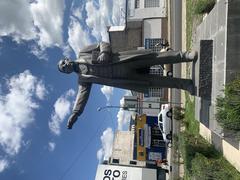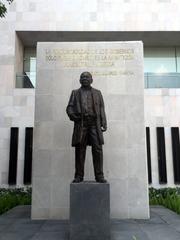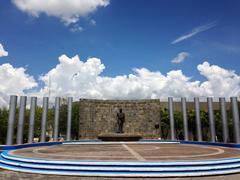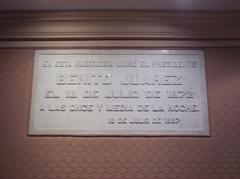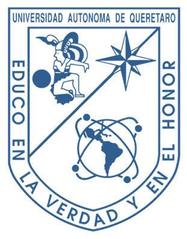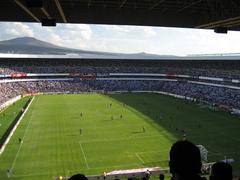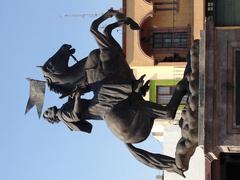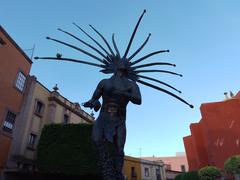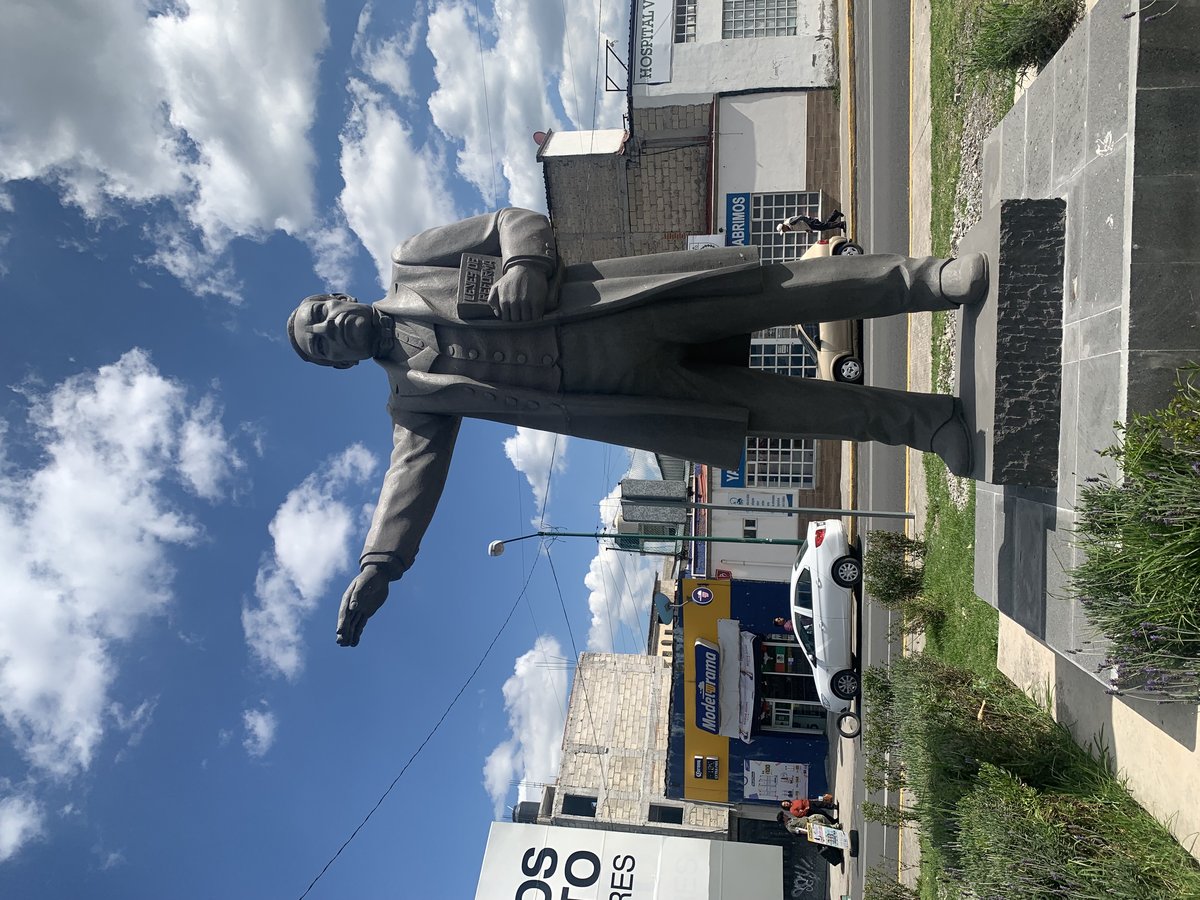
Monument To Benito Juárez (Santiago De Querétaro)
Visiting the Monument to Benito Juárez in Santiago de Querétaro: Comprehensive Guide
Date: 14/06/2025
Introduction
Perched atop Cerro de las Campanas in Santiago de Querétaro, the Monument to Benito Juárez stands as a testament to Mexican national identity, resilience, and the enduring ideals of republicanism. Dedicated to Benito Juárez—Mexico’s first indigenous president and a champion of reform—the monument is not only a striking work of art but also a profound historical landmark. The site marks the end of the Second Mexican Empire with the capture and execution of Emperor Maximilian I in 1867, an event that reshaped the nation (relatosehistorias.mx; Global National Parks). This guide offers detailed information on the monument’s history, visiting logistics, accessibility, and nearby attractions, ensuring a rewarding and insightful experience for all visitors.
Historical Context
Cerro de las Campanas: The Stage of Republican Triumph
Cerro de las Campanas is not just a geographical landmark but a crucible of Mexican history. On this hill, the final chapter of the Second Mexican Empire unfolded. In June 1867, Emperor Maximilian I and his generals, Miguel Miramón and Tomás Mejía, were executed by republican forces under Benito Juárez, conclusively ending foreign-imposed monarchy and affirming Mexico’s sovereignty (relatosehistorias.mx; Global National Parks). Initially marked by simple memorials, the site evolved into a place of national reflection and pilgrimage.
Benito Juárez: Legacy of Reform and Resistance
Born in 1806 to a Zapotec family in Oaxaca, Benito Juárez rose from humble beginnings to lead Mexico through some of its most turbulent times. His presidency (1858–1872) was defined by liberal reforms, defense against the French intervention, and the establishment of a secular, democratic state. Juárez remains a symbol of justice, equality, and resilience (queretaro.quadratin.com.mx).
The Monument: Conception, Symbolism, and Features
Construction and Artistic Vision
Commissioned for the centenary of the republic’s restoration, the monument was inaugurated on May 15, 1967, under President Gustavo Díaz Ordaz. The renowned sculptor Juan Francisco Olaguíbel crafted the bronze statue, which stands 13 meters tall on a rectangular base. Juárez’s upright, contemplative pose atop the hill visually asserts the primacy of republican ideals (relatosehistorias.mx; Wikipedia).
The base bears Juárez’s iconic phrase: “Entre los individuos, como entre las naciones, el respeto al derecho ajeno es la paz” (“Among individuals, as among nations, respect for the rights of others is peace”). The esplanade, built of local stone and accented by balustrades, offers panoramic views of Querétaro, reinforcing the monument’s dual role as a historical marker and a civic gathering place (Global National Parks).
Political and Cultural Significance
The monument’s construction marked a deliberate shift in historical narrative. While earlier memorials on the hill, such as the Capilla de Maximiliano, honored the defeated imperialists, the imposing statue of Juárez re-centered the site as a symbol of republican victory and national unity. Today, it is a focal point for civic ceremonies, educational activities, and commemorations.
Visiting Information
Hours and Admission
- Hours: Daily, 8:00 AM – 7:00 PM (Global National Parks)
- Admission: Free; no tickets or reservations required.
Accessibility
- The site features paved paths and ramps for wheelchair users and those with reduced mobility, though some areas are uneven due to the natural terrain.
- Comfortable footwear is strongly recommended.
Guided Tours
- Guided tours in Spanish and English are available through local tourism offices and operators.
- Some tours are free; private or specialized tours may require a fee. Booking in advance is recommended for specialized tours.
Facilities and Amenities
- Public restrooms, picnic areas, and scenic viewpoints are available within the Cerro de las Campanas National Park.
- The park is family-friendly and popular for outdoor activities such as walking and photography.
- Nearby, you’ll find a variety of cafes, restaurants, and hotels, particularly in the historic center.
Nearby Attractions
- Capilla de Maximiliano: A chapel commemorating the executed emperor, located on Cerro de las Campanas.
- Historic Center of Querétaro: A UNESCO World Heritage site with colonial architecture, plazas, and museums (UNESCO Querétaro).
- Museo Regional de Querétaro: Offers in-depth exhibitions on regional and national history.
- Querétaro Aqueduct: An iconic 18th-century structure visible from the park and easily accessible.
Special Events and Cultural Activities
- March 21: Celebrations for Benito Juárez’s birthday, with wreath-laying ceremonies and public speeches.
- June 19: Commemorates the execution of Maximilian I, with official ceremonies and historical reenactments.
- The monument regularly hosts educational tours, school visits, and cultural festivals throughout the year.
Practical Visitor Tips
- Best Time to Visit: Early mornings or late afternoons for cooler temperatures and optimal lighting for photos.
- What to Bring: Comfortable shoes, sun protection, reusable water bottle, and a camera or smartphone.
- Safety: Querétaro is regarded as one of Mexico’s safest cities. Standard precautions apply—protect valuables and use registered taxis or rideshares at night (Mexico Travel Secrets).
- Language: Spanish is predominant, but English is spoken in many tourist areas.
- Duration: Plan 30–60 minutes for the monument and surrounding park, or longer if exploring nearby attractions.
Integration with Querétaro’s Heritage
The Monument to Benito Juárez forms part of Querétaro’s broader historic landscape, managed under local and federal heritage protection laws (UNESCO Management Plan). Preservation efforts are supported by active community involvement, ensuring that the monument remains a vibrant symbol of civic pride and historic memory.
Frequently Asked Questions (FAQs)
What are the visiting hours?
Open daily from 8:00 AM to 7:00 PM.
Is there an entrance fee?
No, admission is free.
Are guided tours available?
Yes, with options in both Spanish and English. Some tours are free, others may require a fee.
Is the monument accessible for people with disabilities?
Yes, paved paths and ramps are available, though some terrain is uneven.
What other sites are nearby?
Capilla de Maximiliano, the historic city center, Museo Regional de Querétaro, and the Querétaro Aqueduct.
Visuals and Media
-
Image suggestion: Monument to Benito Juárez in Querétaro, with panoramic city views in the background.
Alt text: Monument to Benito Juárez on Cerro de las Campanas with Querétaro skyline. -
Map suggestion: Interactive map highlighting the monument’s location within the Cerro de las Campanas National Park and proximity to the historic center.
For a virtual experience, explore Virtual Querétaro Tour.
Summary and Visitor Tips
The Monument to Benito Juárez in Santiago de Querétaro is a powerful symbol of Mexico’s republican ideals and historical resilience. Its strategic location atop Cerro de las Campanas, free public access, and integration with Querétaro’s UNESCO-listed historic core make it an essential destination for understanding the country’s journey toward democracy. Enhance your visit by joining a guided tour, timing your trip for commemorative events, and exploring surrounding landmarks.
Embrace the opportunity to connect with Mexican history and culture at this iconic site. For updates, travel tips, and event information, consider downloading the Audiala app and following local tourism channels.
Sources
- Relatos e Historias: Visiting the Monument to Benito Juárez in Querétaro
- Global National Parks: Cerro de las Campanas
- Querétaro Quadratin: Monument to Benito Juárez in Querétaro
- UNESCO Querétaro
- Wikipedia: Cerro de las Campanas
- Mexico Travel Secrets: Things to Do in Querétaro
- Sailing Stone Travel: Querétaro Guide
- Life On The Roam: Things to Do Querétaro
- Travel Mexico Solo: Querétaro Travel Guide
- Atlas Obscura: Santiago de Querétaro
- Virtual Querétaro Tour
